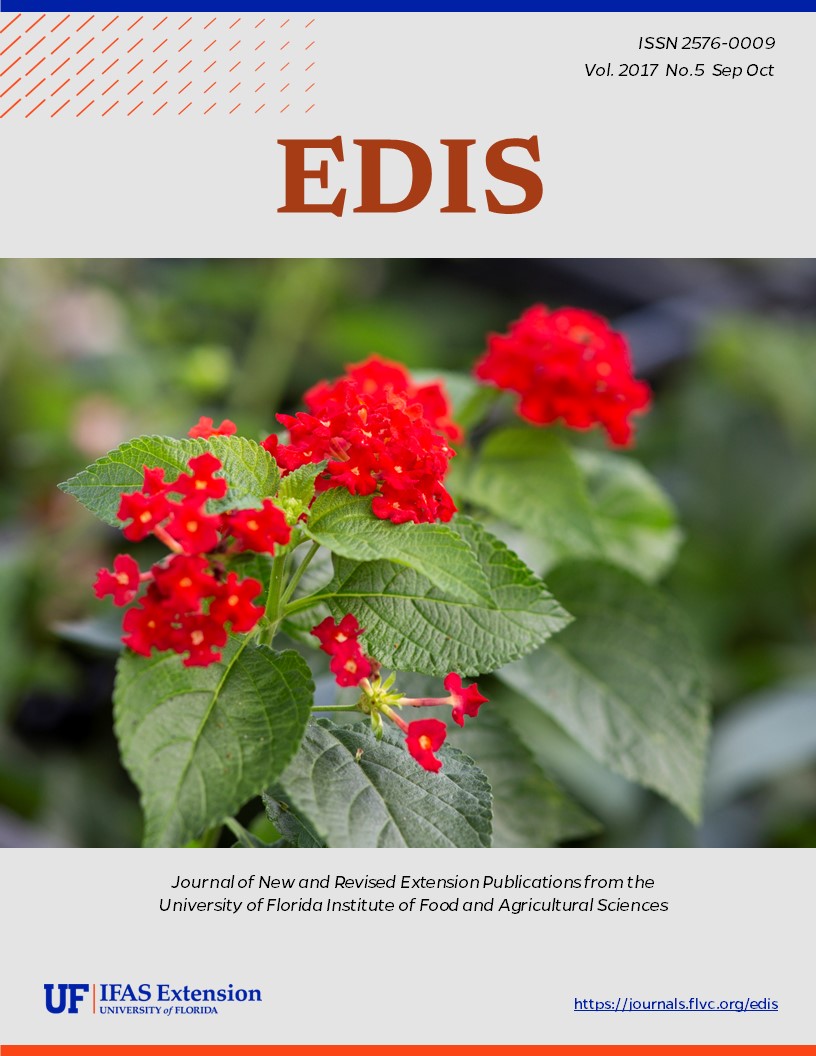Abstract
This document discusses the impact of tropical storms and hurricanes on citrus groves, emphasizing the potential for significant rain and wind damage. The hurricane season spans from June 1 to November 30, during which all of Florida, particularly south Florida with its shallow-rooted citrus trees, faces threats from severe weather events. Strong winds can dislodge fruit from trees, while the combined effects of wind and substantial rainfall (10–20 inches) can cause severe and long-lasting damage. Additionally, high tides driven by wind can lead to saltwater flooding miles inland, exacerbating grove flooding by preventing water runoff in bays, estuaries, and rivers. Although hurricanes pose a serious threat to citrus groves, growers with pre-established hurricane plans can mitigate losses more effectively. In this text, recommendations are provided for adequately preparing for the hurricane season and minimizing its effects.

This work is licensed under a Creative Commons Attribution-NonCommercial-NoDerivatives 4.0 International License.
Copyright (c) 2017 UF/IFAS

